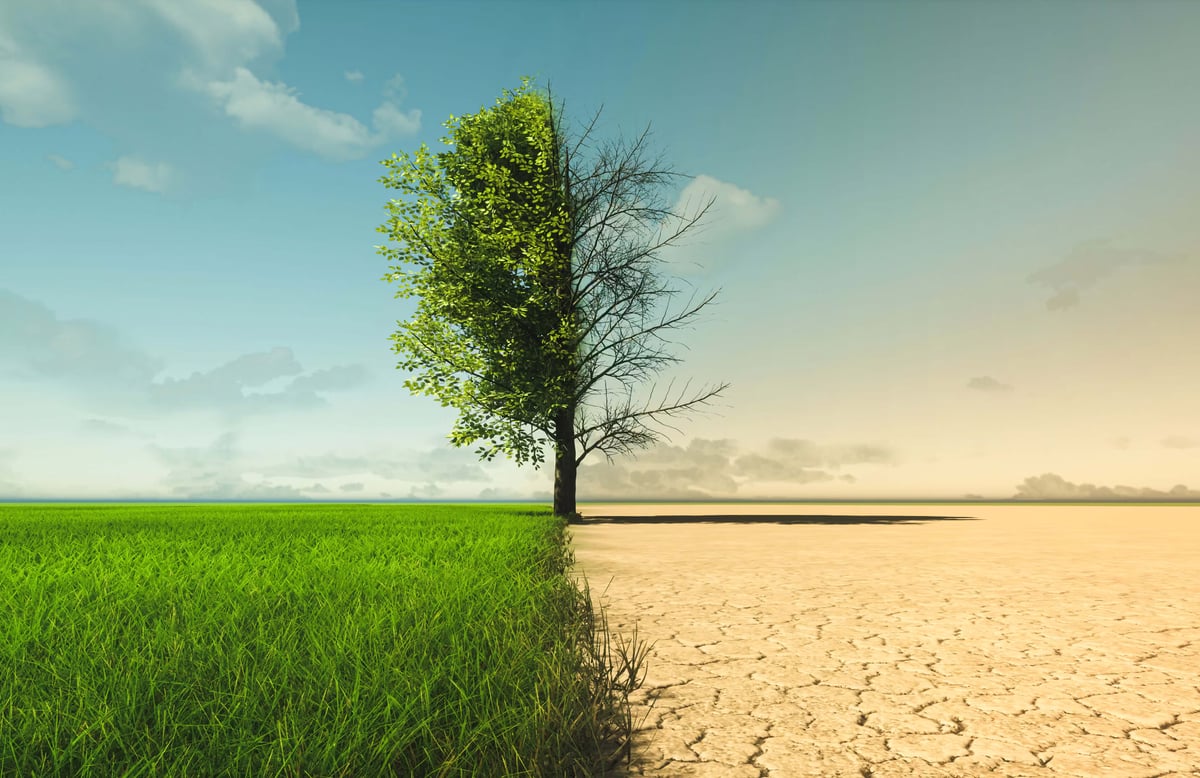At Studio Smith-Cordell, we have always prided ourselves on crafting innovative and engaging websites for a wide range of clients. With each design project, we aim to create something unique, responsive, and impactful. Today, we are turning a new leaf in our journey and taking a step forward to be not just creative and efficient but also environmentally responsible.
Let's pause for a moment and think about something you may have never associated with web design — carbon footprint. As web developers, we spend countless hours on the Internet, creating, tweaking, and fine-tuning websites. But what if we told you that the Internet, the very platform we rely on for our craft, has a colossal carbon footprint? Yes, you read that correctly.
Recent studies suggest that if the Internet were a country, it would have the fourth largest carbon footprint in the world, right after China, the United States, and India. This might seem surprising at first. After all, the Internet doesn't spew out smoke like a factory, nor does it guzzle fuel like an aeroplane. Yet the servers that power our emails, social media, and, indeed, the websites we create consume massive amounts of energy. And most of this energy, unfortunately, comes from carbon-intensive sources.
We find this revelation as staggering as it is alarming, especially given the ongoing climate emergency. As inhabitants of this planet, it is our collective responsibility to minimise our carbon footprint in every way we can. And, as a creative design agency, we believe it's high time we considered the environmental implications of our work.
So, what can we do?
Well, we have an answer: starting today, Studio Smith-Cordell commits to offsetting the carbon impact of each new website we create. And we will achieve this by planting trees after every web design project. Trees are nature's carbon capture technology — they absorb CO2 from the atmosphere and release oxygen, helping to tackle the climate crisis.
But why trees? Simply put, trees are one of the most cost-effective and efficient means of sequestering carbon. They also provide habitat for wildlife, improve air and water quality, and contribute to the well-being of communities. By supporting tree planting, we're investing in a solution that goes beyond just reducing our carbon footprint — it also promotes biodiversity and enhances local ecosystems.
For each project we undertake, we will calculate the estimated carbon emissions and then plant the appropriate number of trees to offset those emissions. This won't just be a one-time gesture but an ongoing commitment. For every update, revision, or redesign we carry out, we will ensure the net carbon impact remains zero.
We realise this is just a small step in the face of a global problem, but we firmly believe in the adage: 'A journey of a thousand miles begins with a single step.' By incorporating this new commitment into our business model, we hope to encourage other creative agencies to join us in our mission towards a greener, more sustainable Internet.
We understand that our clients might have questions about this initiative. How will the tree planting work? How will we ensure the trees are actually planted and cared for? How can you, as a client, verify our actions? In the coming weeks, we will be providing more details on this initiative, the partners we'll be working with, and how our clients can get involved and see the impact of their projects firsthand.
In the meantime, we welcome any suggestions, thoughts, or queries you might have. Let's embark on this journey together towards a greener and more sustainable future for our digital world. Because at Studio Smith-Cordell, we believe that great design and environmental responsibility go hand in hand.
Thank you for being a part of our journey, and let's move forward together in creating a greener, cleaner Internet.
